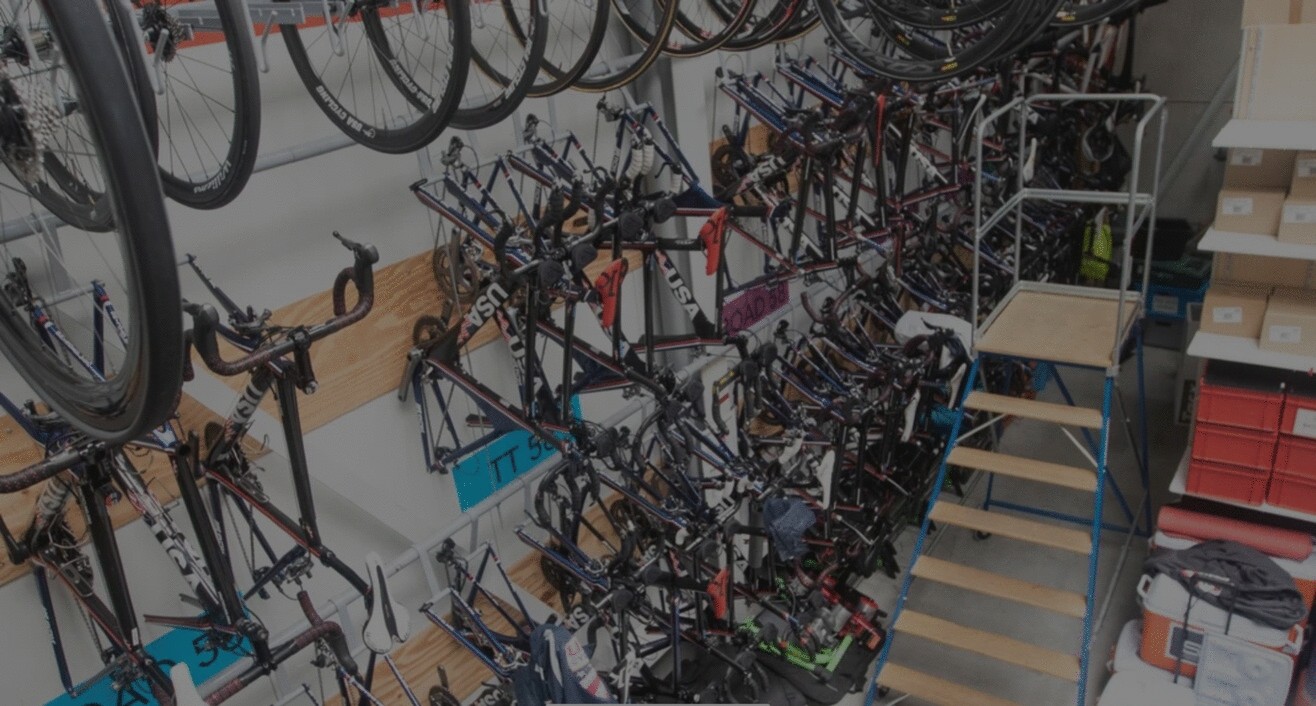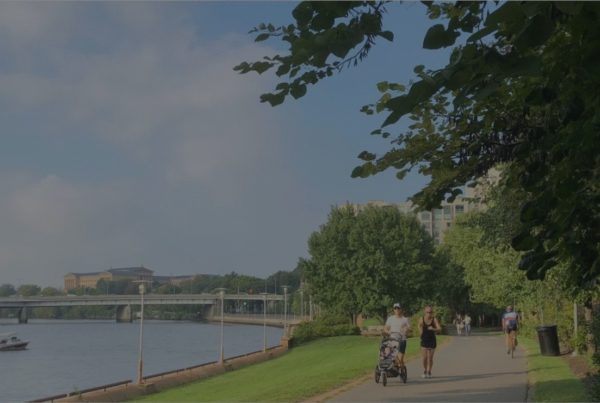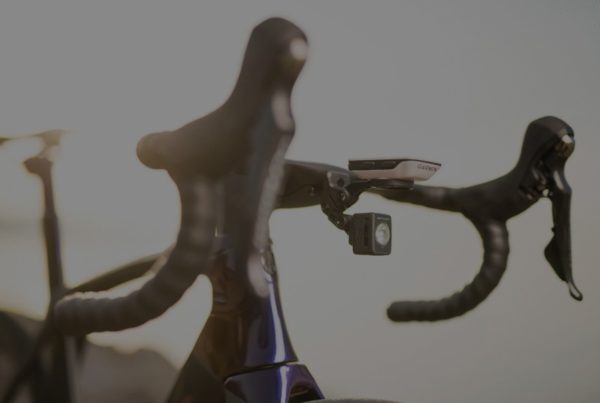People still need to move around even when they’re sheltering in place and practicing social distancing. Bike booms have come and gone, but bicycles and cyclists have never gone away.
Few people realized it when the year began, but a deadly new virus that emerged in Wuhan, China in November 2019 was about to explode into a global pandemic, the likes of which the world hasn’t seen since 1918’s Spanish Flu pandemic. In that last global pandemic, 500 million people around the world were infected, and 50 million lost their lives.
Seeking to head off that kind of catastrophic death toll in this new pandemic, public health officers and elected officials across the country ordered “shelter in place” rules be put into effect beginning in March. In California, San Francisco Bay Area counties — the viral hot spot in the state — were given “shelter in place” orders on March 17. On March 19, Governor Gavin Newsom extended the order to the entire state, with all “non-essential” businesses ordered closed while front line medical workers worked heroically to save the lives of those who had been stricken ill by the novel coronavirus.
Of course, the very meaning of “essential business” and “essential employees” was up for grabs. While everyone agreed that food is an essential need, what about banks? Laundromats? Power plants?
Auto repair shops?
These businesses were all deemed “essential businesses.”
Nail salons and billiards halls, not so much.
But bike shops asked: “What about us? We provide essential services too.”
In San Francisco, Mayor London Breed agreed with the bike shops, and they were declared essential businesses. But on the other side of the continent, New York City Mayor Bill de Blasio sent a mixed message—while advising New Yorkers to ride bikes as the social distancing alternative to riding public transit, bike shops weren’t deemed “essential businesses.”
So how does that work? Riding a bike was officially deemed the healthiest transportation option for New Yorkers, but they couldn’t buy equipment or get their bikes serviced? If auto repair shops are essential businesses even during a pandemic, wouldn’t it make sense that bike shops are also essential businesses, especially when bicycles are the main mode of transportation for a large number of residents (San Francisco), or when the Mayor has advised residents to ride bikes instead of public transportation (New York)?
And transportation isn’t the only concern. While public support for shelter in place and social distancing has remained overwhelmingly favorable, it turns out that food isn’t the only “essential” in people’s lives. The simple act of getting out of the house, going for a walk, or a ride on a bike, has been, if not quite as “essential” as food, not far behind. And the reasons are easy to grasp—fresh air and exercise are as essential to our continued good health, both physical and mental, as shelter in place and social distancing are to flattening the curve.

Photo: Gregg Bleakney
In response to this obvious human need, cities have taken the extraordinary step of returning some of the enormous areas of street space that have been dedicated exclusively to automobile use to human use, with automobile traffic restricted so people can walk and ride in the streets with enough space to still allow for social distancing. What a concept—the public spaces are for public use. And all it took to make that seem normal again in the topsy-turvy automobiles-first world created by the automobile industry was a virus.
“What a concept—the public spaces are for public use.”
Will this newfound interest in reclaiming our public spaces for people last? States are now beginning to phase out the shelter in place orders, and people will begin to return to work (if their jobs still exist) and to venture out into public once again. It’s easy to imagine a return to pre-COVID-19 public spaces dedicated to the automobile, and pre-COVID-19 hostility towards cyclists for daring to intrude on the automobile’s hallowed ground.
But if COVID-19 does actually recede this summer, there’s also a chance that it’s only a temporary lull in the viral storm. Either way, it’s also easy to imagine another great bike boom, along with a reordering in how we think about bicycles and our public spaces. As people sheltered in place, demand for bicycles soared, with bike manufacturers and bike shops unable to keep up with the demand. “Thinking of Buying a Bike? Get ready for a very long wait,” the New York Times advised.
As in the last pandemic, people still need to move around, even when they’re sheltering in place and practicing social distancing. And as it was then, and now, in the future, the bicycle will still be essential in people’s lives. Bike booms have come and gone, but bicycles and cyclists have never gone away.
Throughout this COVID-19 crisis, roadies have continued to ride, despite races and events—including some of our most iconic competitions—being canceled or postponed. And roadies will continue to ride as the country attempts a return to “normal.” But how we define “normal” has been challenged by this crisis, and it is up to us how we define “normal” after this crisis has passed. Will a “return to normal” mean people abandoning their newly-purchased bikes and a return to a “roads are for cars” mentality? Or will a “return to normal” mean a sustained influx of new riders, and a new way of thinking about our public spaces, and “essential” uses of those public spaces?
Research and drafting assistance by Rick Bernardi, J.D.
This Legally Speaking article, “Have bikes been treated as ‘essential’ during the pandemic?,” was originally published on VeloNews on June 11, 2020.
Bob Mionske is a former competitive cyclist who represented the U.S. at the 1988 Olympic Games (where he finished fourth in the road race), the 1992 Olympic Games, as well as winning the 1990 national championship road race.
After retiring from racing in 1993, he coached the Saturn Professional Cycling team for one year before heading off to law school. Mionske’s practice is now split between personal-injury work, representing professional athletes as an agent and other legal issues facing endurance athletes (traffic violations, contract, criminal charges, intellectual property, etc.).
Mionske is also the author of “Bicycling and the Law,” designed to be the primary resource for cyclists to consult when faced with a legal question. It provides readers with the knowledge to avoid many legal problems in the first place, and informs them of their rights, their responsibilities, and what steps they can take if they do encounter a legal problem. If you have a cycling-related legal question please send it to Bob, and he will answer as many of these questions privately as he can. He will also select a few questions to answer in this column. General bicycle-accident advice can be found at bicyclelaw.com.
Important notice:
The information provided in the “Legally Speaking” column is not legal advice. The information provided on this public website is provided solely for the general interest of the visitors to this website. The information contained in the column applies to general principles of American jurisprudence and may not reflect current legal developments or statutory changes in the various jurisdictions and therefore should not be relied upon or interpreted as legal advice. Understand that reading the information contained in this column does not mean you have established an attorney-client relationship with attorney Bob Mionske. Readers of this column should not act upon any information contained in the website without first seeking the advice of legal counsel.




